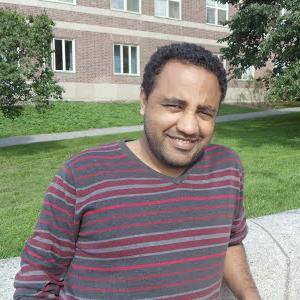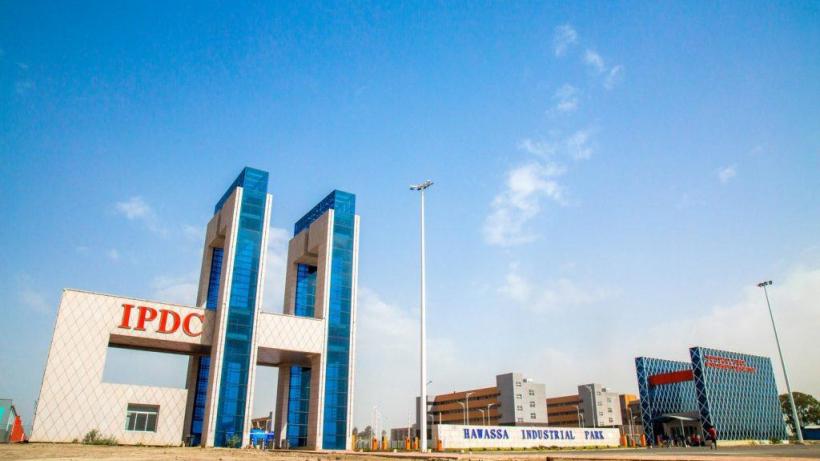The impact of COVID-19 on Ethiopia’s industrial parks: A rapid review
Over the past decade, the government of Ethiopia has pursued a strategy of labour-intensive industrialisation through export-oriented light manufacturing. The strategy is predicated on the use of low-cost labour as a source of competitive advantage within global value chains. For this purpose, the government has encouraged large-scale foreign direct investment (FDI) in the ready-made garment industry and other light manufacturing, invested massively into enabling infrastructure, and set up ten industrial parks (IPs) across the country. These parks form the backbone of government’s economic transformation agenda. Although it is too early to evaluate the effects of this development strategy, pieces of evidence so far point towards both successes and challenges.
The COVID-19 epidemic now poses a grave challenge for Ethiopia’s industrialisation agenda, with likely persistent adverse effects on IPs in the medium and long term. Given impacts of COVID-19 on industries and value chains around the world, garment production in IPs has come to a standstill. In Ethiopia’s IPs, many firms are anticipating order cancelations or suspensions. While some firms have been able to re-purpose their production towards personal protective equipment, many have put their labour force on temporary leave. This research aims to provide timely information to the government and related stakeholders about impacts of COVID-19 on Ethiopia's industrial parks and present potential policy implications.
The proposed project builds on existing work by IGC Ethiopia researchers, including firm-level studies that have used administrative data from the Customs and Revenue Authorities in Ethiopia and survey data from the Central Statistical Authority’s Census of Medium and Large Enterprises, as well as worker-level studies from Hawassa Industrial Park. The team analyses existing administrative and survey data as well as novel data collected by the government and development partners such as the World Bank.






